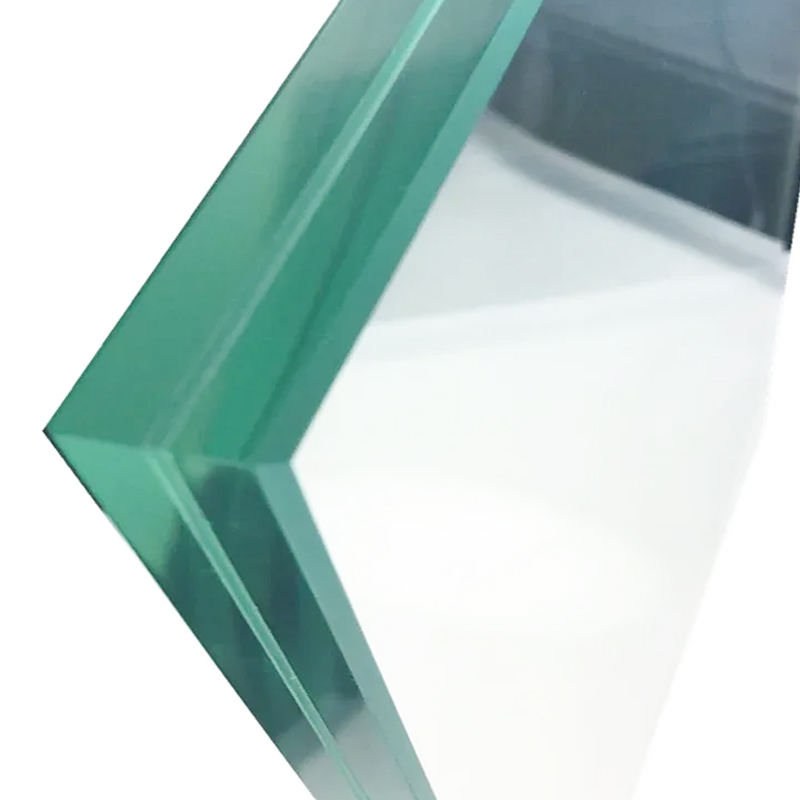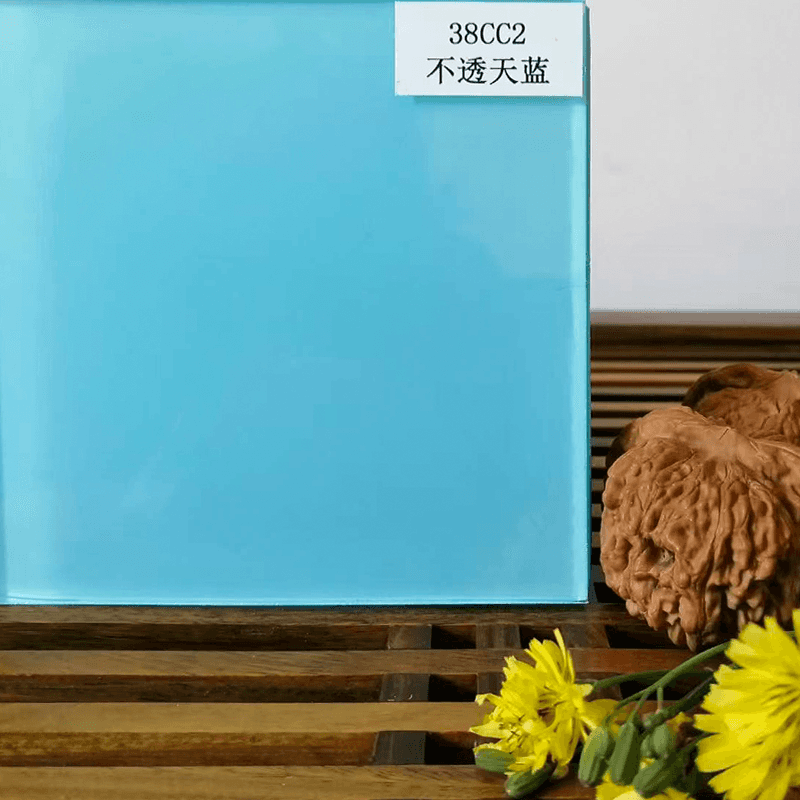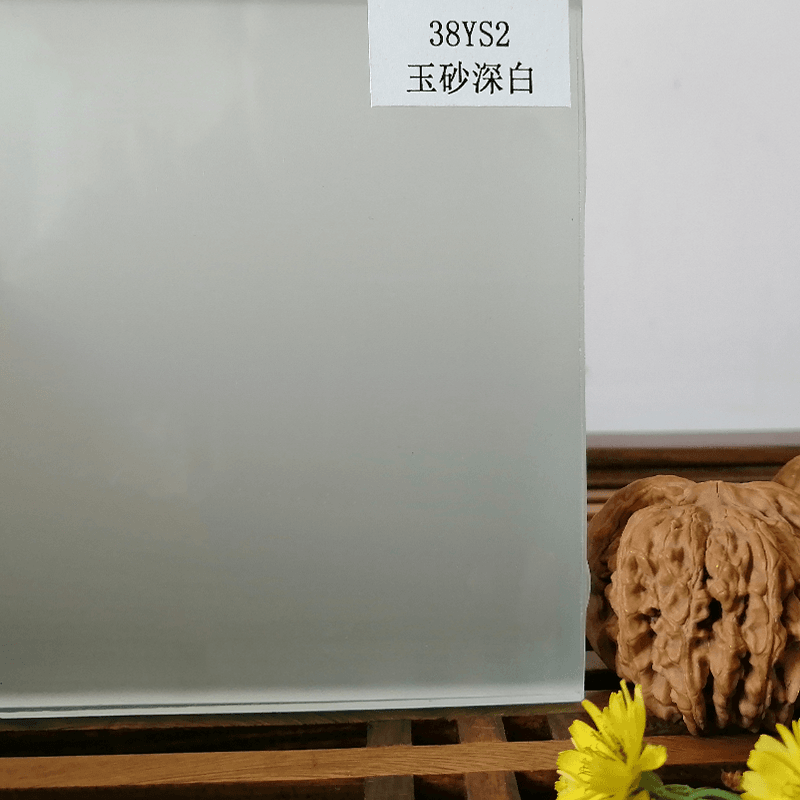language
The application prospects of PVB interlayer film in the photovoltaic (PV) field are promising. This analysis explores the topic from the perspectives of market demand, technical advantages, competitive landscape, and development trends.
1. Significant Growth in Market Demand
Rising Penetration of Dual-Glass Modules:
The PV industry is rapidly transitioning toward dual-glass modules. Due to its strong adhesion, weather resistance, and aging durability, PVB interlayer film has become an ideal encapsulation material for such modules. Over the next five years, the share of dual-glass modules is expected to continue rising, driving substantial growth in PVB film demand.
BIPV Market Expansion:
Building-integrated photovoltaics (BIPV) represent a new growth point in the industry, with higher requirements for encapsulation materials in terms of light transmission, safety, and durability. PVB films show strong application potential in BIPV rooftops and curtain walls, with projected market demand expected to exceed 100 million square meters.
Application in Automotive Solar Roofs:
As new energy vehicles become more widespread, solar roofs are emerging as a key technology to improve range. PVB films have significant potential in this area, especially with the development of ultra-thin (0.2 mm) PVB films, which will further support automotive applications.
2. Technical Advantages Driving Substitution
Outstanding Performance:
Compared to EVA films, PVB interlayer films offer clear advantages in adhesion, impact resistance, weatherability, and recyclability. For example, PVB can withstand hail impact from 35 mm-diameter balls, significantly outperforming EVA's 10 mm; furthermore, glass and PVB layers can be separated and recycled, aligning with ESG goals.
Accelerated Technology Iteration:
New product developments such as high-elasticity PVB and functional composite films are enhancing the application value of PVB in the PV sector. For instance, high-elasticity PVB features elongation at break exceeding 300%, making it suitable for curved BIPV modules; composite films with UV coatings or self-cleaning nanomaterials can extend module lifespan to over 30 years.
3. Competitive Landscape and Market Opportunities
Global Leaders Dominate the High-End Segment:
International giants such as DuPont and Sekisui Chemical lead the architectural-grade PVB film market, with high technical barriers. DuPont holds around 35% global market share, and Sekisui about 18%, with advanced technology and supply links to solar car roof projects like Toyota's.
Domestic Enterprises Accelerating Deployment:
Chinese companies like Foster and Xinyi Glass are expanding through technological breakthroughs and increased production capacity, gaining a foothold in the PV-grade PVB film market. For example, Foster’s market share in 2024 is about 5%, with shipments reaching 28 million square meters, supplying top-tier clients like LONGi and Jinko.

Clear Cost Advantages:
With breakthroughs in domestic PVB resin production technology, raw material procurement costs have dropped by 15%–20%. Combined with advanced equipment and automation systems, overall production cost per ton of PVB film has decreased by 10%–15%. This has made Chinese-made PVB films more competitive in price, with an 8%–12% price reduction in the mid-to-low-end market and improved cost-performance ratio in the high-end segment.
4. Challenges and Risks
High Technical Barriers:
International players hold over 5,000 patents in architectural-grade PVB films, creating a large technology gap. Domestic companies must increase R&D investment, overcome mass production challenges for high-elasticity PVB, and secure partnerships with leading BIPV clients.
Demand Volatility Risk:
If BIPV adoption falls short of expectations (e.g., only 15% penetration by 2025), it could limit demand for PV-grade PVB. In addition, overcapacity and competing technology pathways in the PV industry may impact the PVB film market.
Raw Material Price Volatility:
PVA (polyvinyl alcohol), a key raw material, is influenced by agricultural policy, accounting for 40% of production cost in 2024. Continued price increases in PVA could squeeze profit margins for PVB film producers.
5. Future Development Directions
Expanding Application Scenarios:
Beyond PV module encapsulation, PVB interlayer film can also be applied in energy storage systems and agricultural PV. For example, products that pass the U.S. UL 9540 energy storage safety certification can enter the North American residential storage market.
Upstream Supply Chain Collaboration:
Cooperation with companies like Sinopec to develop dedicated PVB resins will improve self-sufficiency and reduce costs. For instance, Foster plans to reach a 30% self-sufficiency rate in PVB resin by 2026 through a partnership with Sinopec, reducing costs by 10%.
Standards Development and Internationalization:
Participation in the development of group standards such as the "Technical Specification for PVB Films Used in Building PV Modules" will enhance industry influence. Simultaneously, expanding into overseas markets will support the European and American residential sectors.






